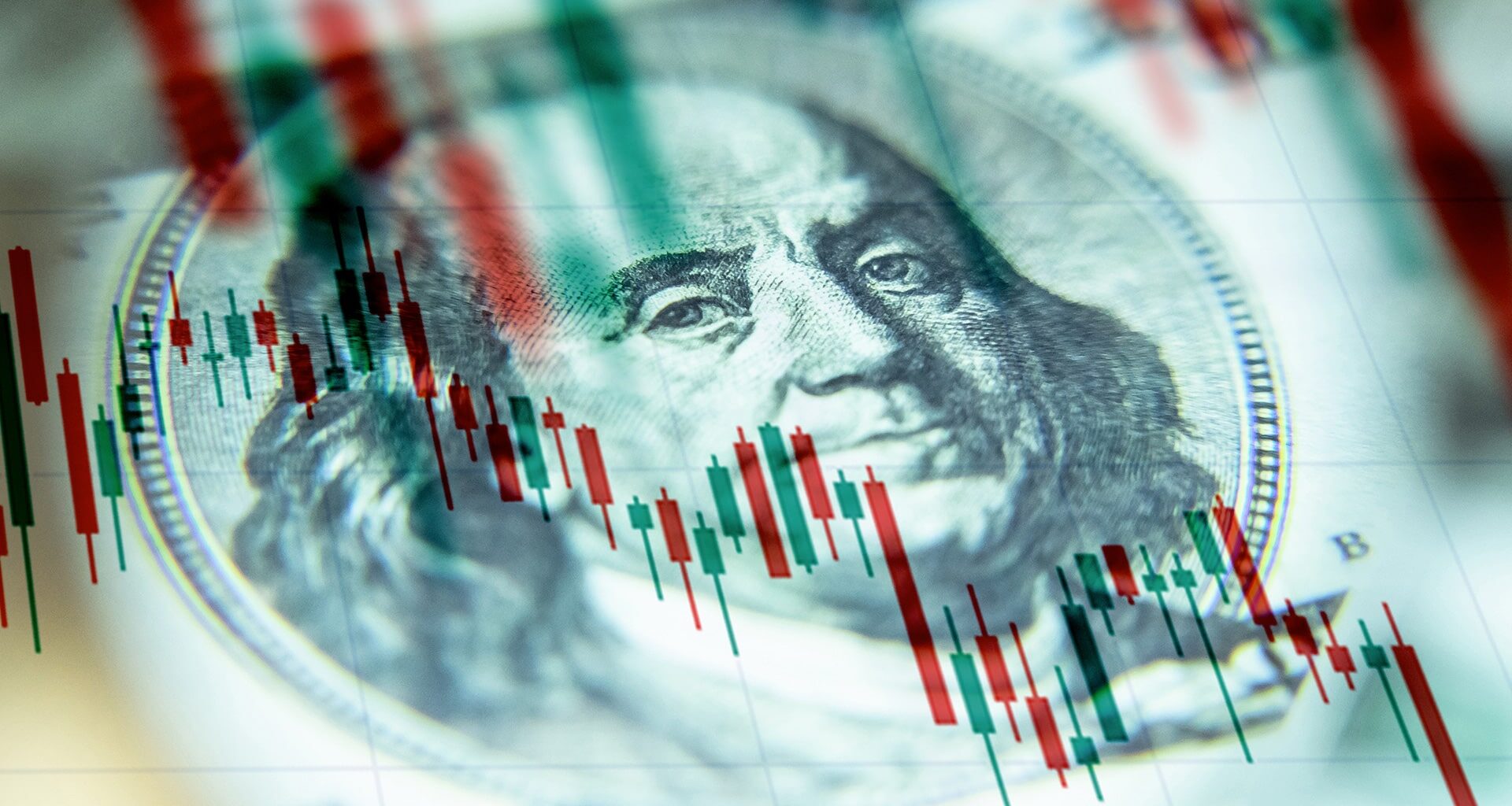Economic data hiccup in the US, does this mean tapering is on hold?
Two important economic data releases from the US last week were below expectations: the monthly jobs report and sector level PMIs (confidence indicators). The US economy added 235,000 jobs in August, the lowest jobs adds number in seven months and well below the forecast for 750,000. The ISM Services PMI (confidence indicator for the US services sector) fell to 61.7 in August from a record level of 64.1 in July, while the IHS Markit Composite PMI (indicator for the whole economy) fell to 55.4 which is the lowest reading for this metric in 2021 so far.
These lower-than expected data points have led to speculation that the US central bank’s plan to begin reducing monetary stimulus for the economy (‘tapering’) may now be on hold.
In our view, these data are not all that disappointing. Differentiating between relative and absolute is helpful here. In relative terms, these latest data points were weaker versus expectations. However, in absolute terms, the US economy added close to a quarter million jobs in August and the PMI confidence indicators are all at high levels (just not as high as had been hoped) which indicates expectations of continued expansion.
Mixed data from China / European monetary policy divergence
In China last week, import and export data were well ahead of expectations, hitting record highs in August, while the country’s trade surplus hit its highest level in seven months. Exports for August jumped by +25.6%, year-on-year (YoY), easily beating the forecast of +17.1%, while imports jumped by +33% YoY against expectations of +26.8%. Lead indicators, however, were less positive. The Caixin Markit Services PMI fell to 46.7 in August, while China’s official non-manufacturing PMI fell to 47.5. Meanwhile, the official manufacturing PMI fell to 50.1 and the Caixin Markit Manufacturing PMI fell to 49.2. The delta variant and associated restrictions on the domestic economy are clearly weighing on short-term confidence in China.
In Europe, the top-line inflation rate hit 3% YoY in August, a +0.8% increase from July and a ten-year high. This is also well above the European Central Bank’s (ECB) target of 2%. There are signs the ECB may start limiting its bond-buying programs (monetary stimulus). One governing council member suggested that the central bank should focus on tools to bring inflation down rather than more bond purchases, and others have made similarly hawkish comments. The ECB is now expected to announce a reduction in Covid stimulus this December. This would be a major divergence from the US central bank’s policy of continued easing and reflects the more hawkish attitude to inflation risk in Europe.
Disclaimer: The views expressed in this article are those of the author at the date of publication and not necessarily those of Dominion Capital Strategies Limited or its related companies. The content of this article is not intended as investment advice and will not be updated after publication. Images, video, quotations from literature and any such material which may be subject to copyright is reproduced in whole or in part in this article on the basis of Fair use as applied to news reporting and journalistic comment on events.


